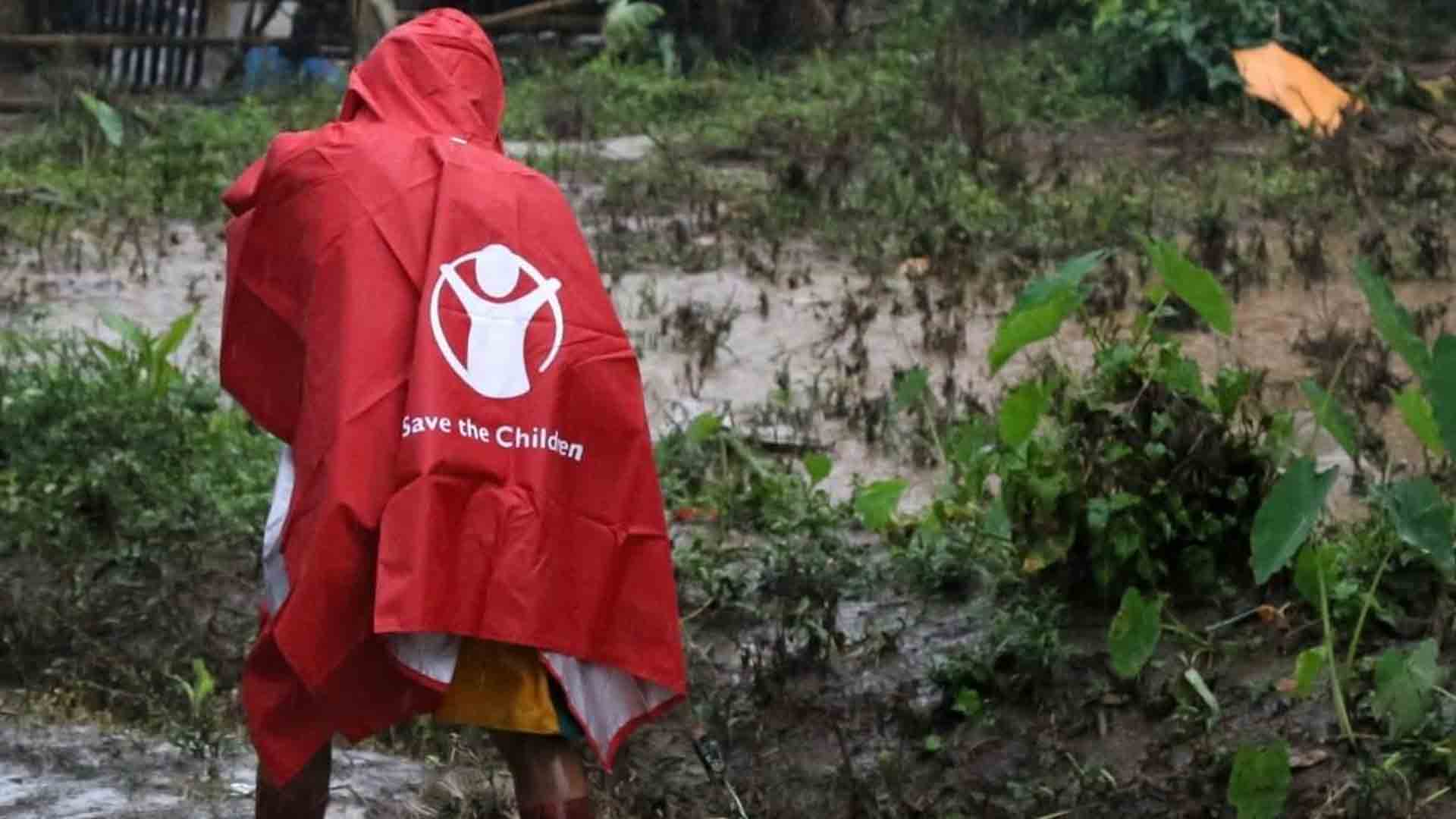Over 4.1 million children across the Eastern and Central Visayas, and Northeast Mindanao regions of the Philippines are affected by the onslaught of Super Typhoon Rai, (Local name: Odette) which made landfall on Siargao Island at 05:30 GMT and on Dinagat Islands at 11:10 (GMT) Thursday.
The Typhoon is expected to be the strongest one in the Philippines this year, with wind gusts already up to 240km/h (149 mph)[1][1], and is likely to intensify as it approaches the Dinagat and Siargao-Bucas Grande Islands in Mindanao. Typhoon Rai is the 15th typhoon that entered the Philippine Area of Responsibility in 2021.
The typhoon’s devastating winds and heavy torrential rainfall brings serious threat to children’s welfare and safety. The government has evacuated thousands of families in areas that are in the direct path of the typhoon. Save the Children is gravely concerned for the welfare of the displaced children and their families who have lost their homes, cramped in evacuation centers, and who are being exposed to disease outbreaks such as malaria and diarrhea, as well as the risk of contracting COVID-19.
Save the Children has formed four humanitarian teams ready for deployment to the affected regions to conduct a rapid assessment on the impact of Super Typhoon Rai on children and their families. Aid workers underwent urgent COVID-19 tests prior to travelling, to ensure they were virus-free, a particularly important precaution in light of the current Omicron variant outbreak.
Save the Children’s Humanitarian Manager in the Philippines, Jerome Balinton, said:
“This really is an exceptional situation – a mass evacuation event, at the same time as a global COVID-19 spike. We have seen at least 12,557 children and youth in Surigao del Sur and Surigao del Norte in Mindanao evacuated to cramped centers with poor hygiene and sleeping conditions. With the rapid spread of the Omicron variant and the still too-low rates of COVID-19 vaccination across the Philippines, we are particularly concerned that children and their parents will become unwell with COVID-19 and be unable to receive treatment in a timely manner.
Save the Children Philippines Chief Executive Director , Atty. Albert Muyot, said:
“The most marginalized and most discriminated children, including those from poor households and those with disabilities, will bear the brunt of disasters. We call on the effective implementation of the Children’s Emergency Relief and Protection Act (RA 10821) by local governments to ensure ensuring that children, mothers, and the most vulnerable people in the path of the typhoon are being taken care of before, during, and after the emergency and that security protocols are in place to prevent incidence of child abuse and exploitation in evacuation centers.,”
Having pre-positioned critical supplies before the storm, Save the Children stands ready to provide essential items to help impacted families continue to care for their children –including household kits with basic necessities for families, tarpaulins to build emergency shelters, and hygiene kits so people can take COVID-19 preventative measures.








